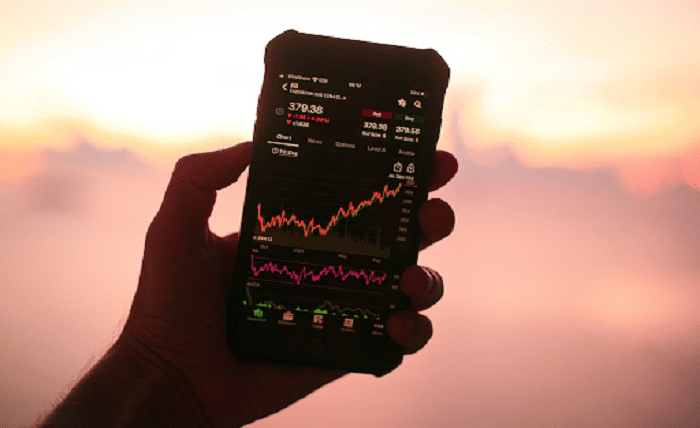Swing and day trading are two of the most popular methods used by traders to make profits. Each strategy has its advantages and risks, which makes it important to understand which one suits your goals and lifestyle.
Before selecting a strategy, traders should understand their risk tolerance and time commitment. Taking the time and learning how to trade efficiently requires a clear understanding of market movements and psychology. Some traders prefer quick profits, while others focus on longer-term gains through calculated moves.
What is Swing Trading?
The term refers to a strategy where traders hold stocks or other financial instruments for several days or weeks. The goal is to capture short- to medium-term price movements. Traders use technical analysis to identify trends, reversals, and breakout opportunities.
This strategy is ideal for those who cannot monitor the market throughout the day. Swing traders rely on charts, moving averages, and support and resistance levels to make informed decisions. Since trades last longer than a day, they are less affected by daily market noise and fluctuations.
Pros
- Requires less time
- Allows traders to take advantage of larger price movements
- Less stressful as traders do not need to monitor the market constantly
- Works well with technical and fundamental analysis.
Cons
- Exposure to overnight and weekend risks
- Requires patience as trades take time to play out
- May involve higher capital requirements due to margin use.
What is Day Trading?
It involves buying and selling stocks within a single session to avoid overnight risks. This strategy requires quick decisions, as profits depend on small price fluctuations.
Day traders rely heavily on technical analysis and use indicators like moving averages, Bollinger Bands, and Relative Strength Index (RSI). Since trades are executed within minutes or hours, traders need to react quickly to market changes.
Pros
- No overnight risk as trades are closed the same day
- High potential for quick profits with multiple trades per day
- More opportunities to make money in volatile markets
- Provides more control over risk management.
Cons
- Requires constant market monitoring
- High emotional and psychological pressure
- Fees and commissions can add up quickly
- Needs significant experience and quick decision-making skills.
Key Differences Between Swing and Day Trading
| Factor | Swing Trading | Day Trading |
| Holding period | Days to weeks | Minutes to hours |
| Time commitment | Low to moderate | High |
| Market monitoring | A few times a day | Constantly |
| Risk level | Moderate | High |
| Trading frequency | Low | High |
| Potential returns | Moderate but steady | High but riskier |
| Stress level | Lower | Higher |
How Psychology Affects Your Strategy
Emotional control plays a significant role in determining success. Many market participants struggle with cognitive biases in trading, which affect decision-making. Confirmation bias, loss aversion, and overconfidence can lead to poor decisions.
Swing traders often face the challenge of holding positions through market fluctuations. Emotional attachment to trades can prevent them from exiting at the right time. Day traders, on the other hand, need to avoid impulsive trades driven by fear or greed. Recognising these biases and managing emotions is key to long-term profitability.
Top Ways to Succeed
Tips for Swing Trading Success
- Use stop-loss orders to manage risk
- Follow long-term trends and avoid unnecessary trades
- Focus on strong technical setups before entering a trade
- Do not overtrade; wait for high-probability opportunities.
Tips for Day Trading Success
- Set and stick to a strict schedule
- Keep emotions in check to avoid impulsive decisions
- Use a journal to analyse mistakes and improve strategies
- Maintain proper risk management to protect capital.
Comparison of Risk and Reward
| Aspect | Swing Trading | Day Trading |
| Risk exposure | Medium | High |
| Profit potential | Consistent over time | Higher but requires quick decisions |
| Market volatility | Less affected by daily fluctuations | Highly affected by intraday movements |
| Capital requirement | Moderate | Higher due to frequent trades |
| Emotional control | Needed for holding positions | Needed for fast decision-making |
Final Thoughts
Both approaches offer unique advantages, which makes them suitable for different kinds of traders. If you prefer a slower pace with trades that unfold over days or weeks, swing trading might be a better fit. On the other hand, if you thrive in a fast-moving environment where quick decisions and rapid executions are required, day trading could be the right choice. Understanding your risk appetite, time commitment, and emotional resilience will help you determine which approach aligns best with your style.

